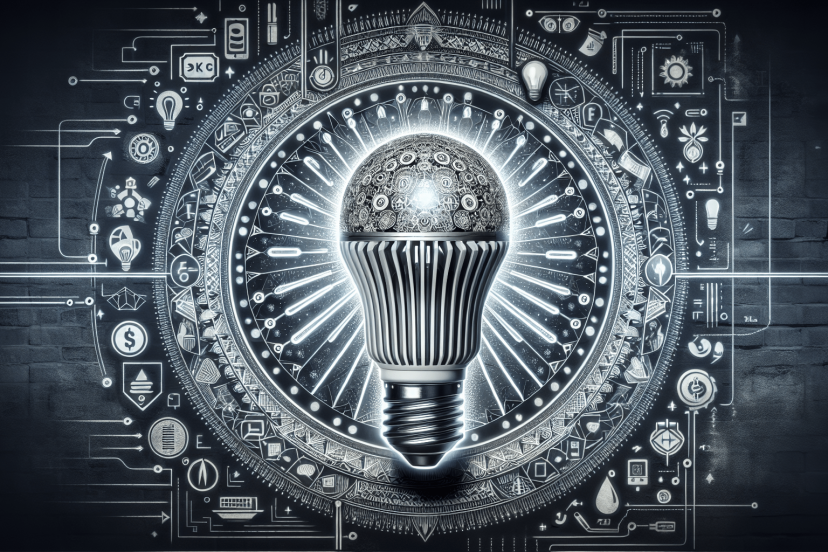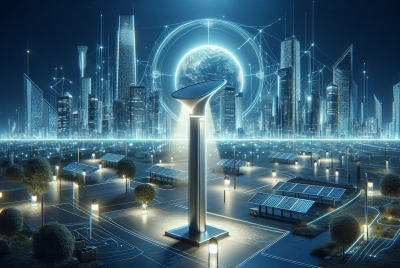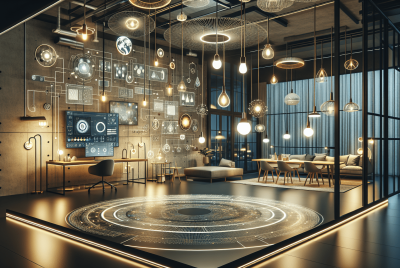What Is The Most Efficient Home Lighting?
Imagine coming home to a warm and inviting space, with soft and efficient lighting illuminating every corner. In a world where energy conservation has become increasingly important, finding the most efficient home lighting is essential. But with so many options available, how do you choose which one is best for you? Whether you prefer the warm glow of traditional incandescent bulbs or the crisp brightness of LED lights, this article will explore the various types of home lighting and help you discover the most efficient and environmentally friendly choice for your needs.
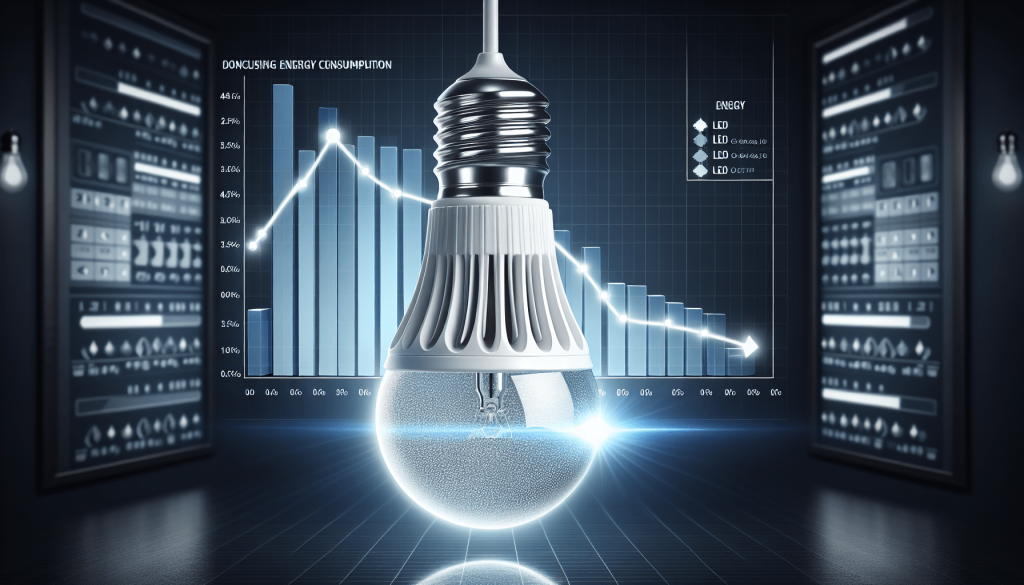
Incandescent Lighting
Features
Incandescent lighting is the traditional and oldest form of electric lighting. It produces light by heating a filament wire until it glows. One of the significant features of incandescent lights is the warm and cozy glow they emit, which makes them popular in residential settings.
Efficiency
Unfortunately, incandescent lighting is not very energy-efficient. Only about 10% of the energy they consume is converted into light, while the rest is wasted as heat. This inefficiency results in higher energy bills and a larger carbon footprint.
Lifespan
The average lifespan of an incandescent bulb is relatively short compared to other lighting options. They typically last for about 1,000 hours before needing to be replaced. This frequent replacement can be inconvenient and costly in the long run.
Cost
Incandescent bulbs are relatively inexpensive to purchase upfront. However, due to their short lifespan and high energy consumption, they can end up costing you more in the long term. Additionally, they may require more frequent lamp replacements, further adding to the overall cost.
Environmental Impact
Incandescent lighting has a high environmental impact due to its inefficiency and higher energy consumption. The excess energy wasted as heat contributes to increased greenhouse gas emissions and puts a strain on natural resources. As a result, many countries have phased out incandescent bulbs in favor of more energy-efficient alternatives.
Compact Fluorescent Lighting (CFL)
Features
Compact Fluorescent Lighting (CFL) is a more energy-efficient alternative to incandescent bulbs. CFL bulbs use an electric current to excite mercury vapor, which then emits ultraviolet light. This UV light then interacts with a phosphor coating to produce visible light.
Efficiency
CFL bulbs are significantly more energy-efficient compared to incandescent bulbs. They convert about 70% of the energy they consume into light, making them more environmentally friendly and cost-effective in the long run.
Lifespan
One of the advantages of CFL bulbs is their longer lifespan. On average, a CFL bulb can last anywhere from 8,000 to 15,000 hours. This longevity reduces the frequency of bulb replacements and saves you money over time.
Cost
While CFL bulbs may be slightly more expensive upfront compared to incandescent bulbs, their energy efficiency and longer lifespan make them a cost-effective choice in the long term. The savings in energy consumption and replacement costs offset the initial higher price.
Environmental Impact
CFL bulbs have a lower environmental impact compared to incandescent bulbs due to their lower energy consumption and longer lifespan. However, they contain a small amount of mercury, which can pose a threat if not disposed of properly. It is essential to recycle CFL bulbs to prevent mercury from ending up in landfills.
Light Emitting Diode (LED) Lighting
Features
LED lighting is one of the most energy-efficient and durable options available. LED bulbs produce light by passing an electric current through a microchip, which then illuminates tiny light-emitting diodes.
Efficiency
LED bulbs are exceptionally energy-efficient, converting about 80-90% of the energy they consume into light. This high efficiency results in significant energy savings and lower electricity bills.
Lifespan
LED bulbs have an impressive lifespan, often lasting up to 50,000 hours or more. This extraordinary longevity means LED bulbs require less frequent replacements, reducing maintenance and replacement costs.
Cost
Although LED bulbs may have a higher upfront cost compared to other lighting options, their long lifespan and energy efficiency make them highly cost-effective in the long run. The energy savings over time typically outweigh the initial investment.
Environmental Impact
LED lighting has a minimal environmental impact due to its energy efficiency and long lifespan. Additionally, LED bulbs do not contain toxic materials like mercury, making them safer for the environment. LED lighting is also recyclable, further reducing its impact on the environment.
Halogen Lighting
Features
Halogen lighting is a type of incandescent lighting that uses halogen gas to increase the bulb’s lifespan. The halogen gas reacts with the heated filament, redepositing evaporated tungsten back onto the filament and thereby extending the bulb’s life.
Efficiency
Halogen bulbs are slightly more energy-efficient than traditional incandescent bulbs, converting about 20% of the energy they consume into light. However, they are still much less efficient than CFL or LED lighting options.
Lifespan
Halogen bulbs have a longer lifespan compared to traditional incandescent bulbs, typically lasting around 2,000 to 4,000 hours. While this is an improvement, it falls significantly short when compared to the lifespan of CFL or LED bulbs.
Cost
Halogen bulbs are generally more expensive upfront compared to incandescent bulbs. Additionally, their shorter lifespan and higher energy consumption can make them more costly in the long run. It is important to factor in both the initial cost and long-term expenses when considering halogen lighting.
Environmental Impact
Halogen lighting has a higher environmental impact compared to more energy-efficient options like CFL or LED lighting. The inefficiency of halogen bulbs and their increased energy consumption contribute to higher carbon emissions and energy waste.
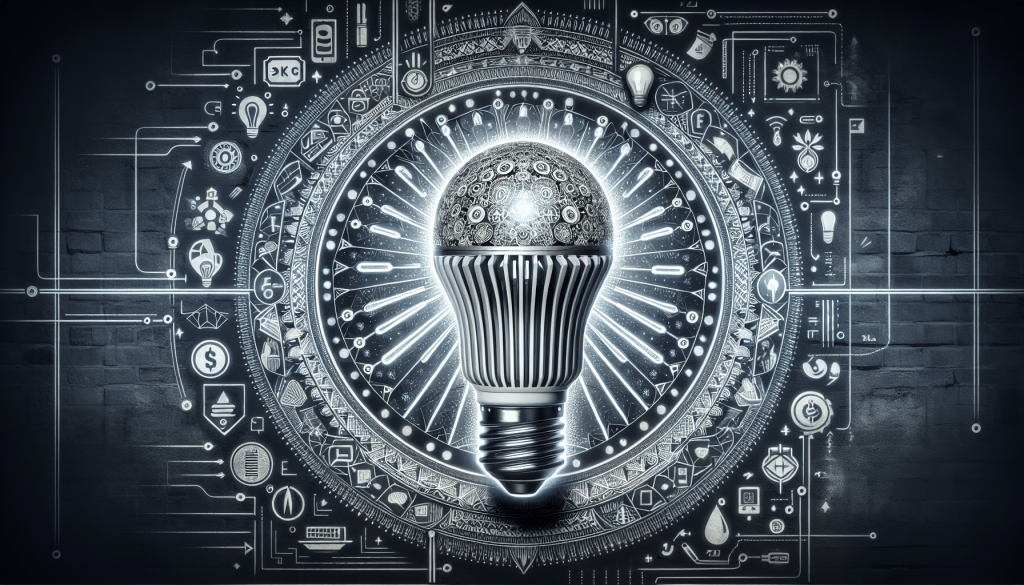
Energy-Saving Tips for Home Lighting
Use Natural Light
Maximize natural lighting by opening curtains, blinds, and shades. Position furniture and mirrors to reflect and distribute natural light throughout the room.
Install Dimmer Switches
Dimmer switches allow you to adjust the brightness of your light fixtures, reducing energy consumption. They also provide flexibility in setting a comfortable ambiance for different activities.
Choose the Right Bulb Wattage
Select bulbs with the appropriate wattage for each specific light fixture. Using higher wattage bulbs wastes energy and can shorten the bulb’s lifespan. Lower wattage bulbs that provide sufficient lighting are more energy-efficient.
Optimize Fixture Placement
Properly place light fixtures to optimize the distribution of light in a room. Consider the function and layout of the space to ensure adequate lighting without any wastage.
Consider Task Lighting
Task lighting focuses on specific areas where you need bright, direct lighting for tasks such as reading, cooking, or working. By using task lighting, you can avoid unnecessary overhead lighting and reduce energy consumption.
Use Motion-Activated Lighting
Motion-activated lighting ensures that lights automatically turn on when someone enters a room and turn off when the room is vacant. This eliminates the need to remember to switch off lights and reduces energy waste.
Invest in Smart Lighting Systems
Smart lighting systems allow you to control your lights remotely through smartphone apps or voice assistants. You can schedule and automate lighting to optimize energy consumption and customize lighting settings to your preferences.
Use Timers or Sensors
Install timers or sensors to control your lights automatically. Timers can be used to turn lights on and off at specific times, while sensors detect occupancy and adjust lighting accordingly.
Take Advantage of Daylight Savings Time
Adjust your lighting routines to take advantage of daylight savings time. As the natural daylight increases during certain periods of the year, you can minimize the use of artificial lighting.
Turn Off Lights When Not in Use
One of the simplest and most effective energy-saving practices is to turn off lights when you leave a room. Encourage everyone in your household to develop the habit of switching off lights, even for short durations.
Comparison of Lighting Types
Energy Efficiency
LED lighting is the most energy-efficient option, converting a significant percentage of energy into light. CFL bulbs also offer high energy efficiency, while incandescent and halogen lighting trail behind in terms of efficiency.
Lifespan
LED bulbs have the longest lifespan on average, followed by CFL and halogen bulbs. Incandescent bulbs have the shortest lifespan and require frequent replacements.
Color Temperature and Quality of Light
LED and CFL bulbs provide a range of color temperatures to suit different preferences and lighting needs. Incandescent bulbs offer a warm, cozy glow, while halogen lighting provides a slightly whiter light.
Cost
Incandescent and halogen bulbs are generally more affordable upfront, but their shorter lifespan and higher energy consumption result in higher long-term costs. LED bulbs have a higher initial cost but are more cost-effective in the long run due to their energy efficiency and durability.
Environmental Impact
LED and CFL lighting have the lowest environmental impact due to their energy efficiency and longer lifespan. Incandescent and halogen lighting options consume more energy and contribute to increased carbon emissions.
Choosing the Most Efficient Home Lighting
Consider Energy Efficiency and Cost
Factor in both the energy efficiency and cost of different lighting options. Look for bulbs with high Energy Star ratings and compare the lifecycle costs, including the initial price, energy consumption, and replacement frequency.
Assess Lifespan and Maintenance
Consider the lifespan and maintenance requirements of each lighting option. Longer-lasting bulbs, such as LED and CFL, may require fewer replacements, reducing maintenance efforts and costs.
Evaluate Light Quality and Color Temperature
Determine the desired light quality and color temperature for each space. Consider factors such as brightness, warmth, and color rendering to ensure optimal lighting conditions for different activities.
Factor in Environmental Impact
Take into account the environmental impact of each lighting option. Choose energy-efficient bulbs with minimal greenhouse gas emissions and consider whether recycling options are available for each type of bulb.
Consider the Purpose and Location
Evaluate the specific purpose and location of each lighting fixture. A combination of ambient, task, and accent lighting may be required to create the desired atmosphere and functionality in each space.
Determine Budget and Cost-effectiveness
Consider your budget and evaluate the cost-effectiveness of each lighting option. Keep in mind not only the upfront costs but also the long-term savings in energy consumption, replacement costs, and maintenance.
Consult with Lighting Experts or Professionals
If you are unsure which lighting option is best for your specific needs, consult with lighting experts or professionals who can provide guidance and recommendations based on your preferences and requirements.
Future Trends in Efficient Home Lighting
Development of More Energy-Efficient Bulbs
Technological advancements continue to drive the development of even more energy-efficient lighting options. Researchers are exploring new materials and designs to increase energy efficiency and reduce environmental impact further.
Integration of Smart Technology
The integration of smart technology into home lighting systems is a growing trend. Smart lighting allows for remote control, automation, and personalized lighting settings, optimizing energy consumption and enhancing convenience.
Growing Importance of Sustainable Lighting Solutions
As environmental consciousness continues to rise, there is increasing importance placed on sustainable lighting solutions. Consumers are seeking out eco-friendly options with low energy consumption and minimal environmental impact.
Conclusion
Choosing the most efficient home lighting involves considering various factors such as energy efficiency, lifespan, light quality, cost, and environmental impact. LED lighting stands out as the most energy-efficient option with a long lifespan and low environmental impact. CFL bulbs offer a balance between efficiency, cost, and lifespan, while incandescent and halogen lighting options lag behind in terms of energy efficiency. By adopting energy-saving practices, utilizing natural light, and investing in smart lighting systems, homeowners can further enhance the efficiency of their lighting choices. Ultimately, the choice of lighting should align with personal preferences, budget, and the specific needs of each space in order to create a well-lit, comfortable, and sustainable home environment.

